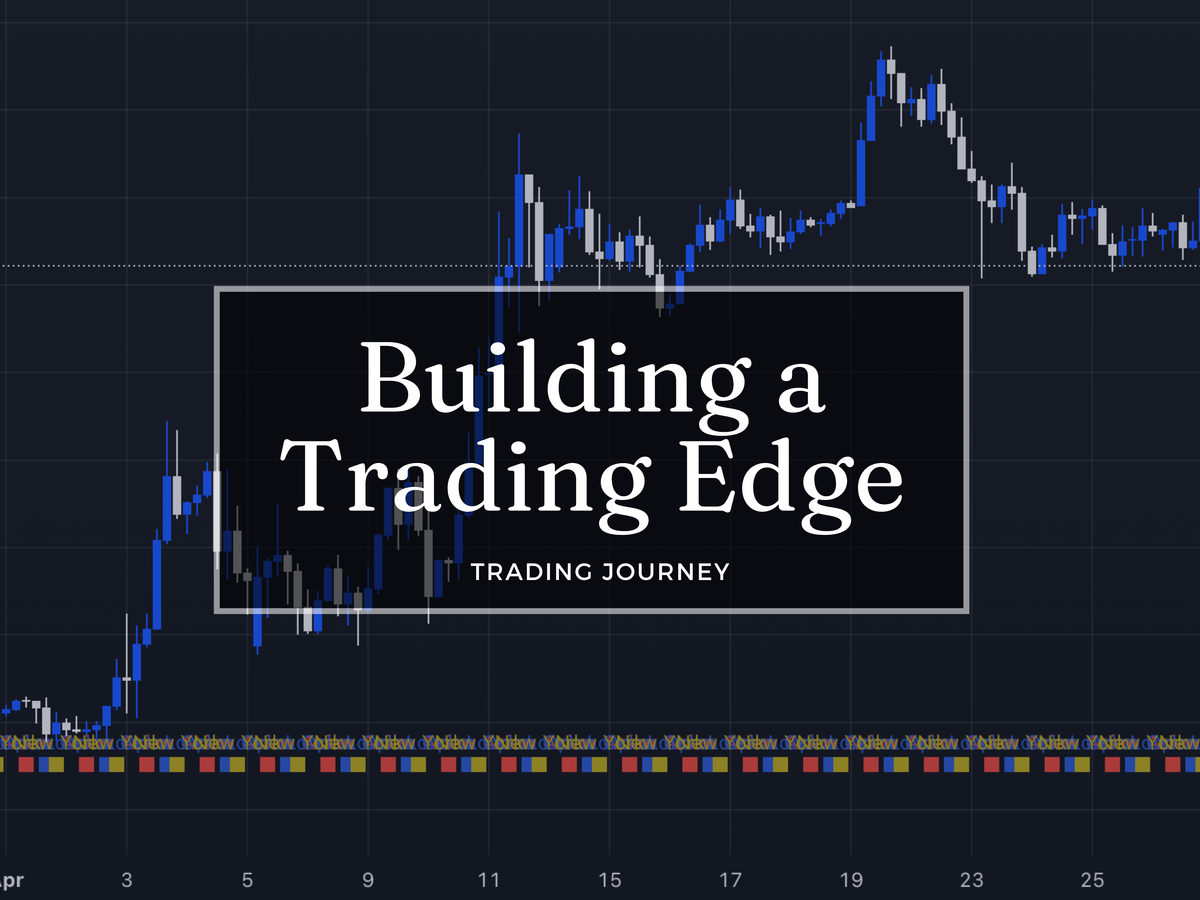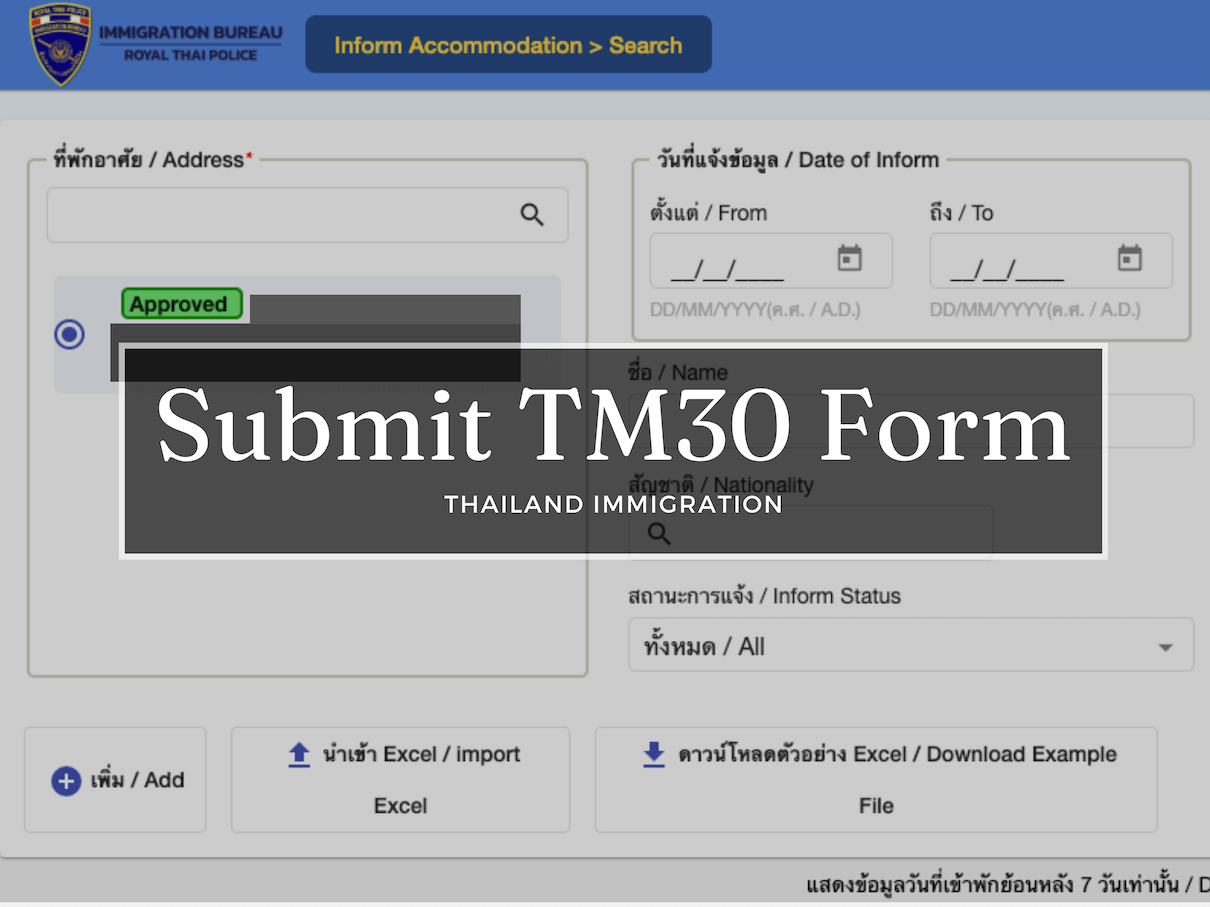Building a Trading Strategy / Edge

I haven't been updating my blog for a few months, especially on travel stuff, because I was heads-down into trading recently. I wanted to write an entry to document what I’ve been working on.
I’ve been trading for a while now, and my main strategy uses price action concepts — things like order blocks, DD/SS zones, liquidity, and multi-timeframe (MTF / HTF) trends — to find setups. I have been backtesting several months of the same pair, mainly to figure out whether my strategy is profitable or has an actual edge.
What I realised was that even in backtesting — where emotions are taken out — my results were still all over the place.
Why? It came down to using a discretionary trading style.
I realised my interpretation of trends, like on the MTF or HTF level, wasn’t consistent. Sometimes I looked at M15 to define the MTF trend (past 1 day), other times I used just one session.
For HTF, I sometimes used the H1 trend, sometimes H4. But what happens when H4 is bullish and H1 is bearish? Which one determines the HTF trend?
The answer, I realised, is that H1 bearish might just indicate a pullback within the larger H4 uptrend — and that I need to look at structure on the HTF (e.g., whether H4 DD zones are breached) to confirm if it’s a pullback or a change of character.
So yes… it’s been kind of all over the place.
After backtesting for 2 weeks, I noticed these same questions kept coming up. That pushed me to take time to look through my charts and setups, and rethink my approach to each confluence or factor in a more methodical way.
Key Takeaway
Being a price action trader means a lot of my confluences are discretionary. In an attempt to make my strategy more replicable and structured, I decided to grade my setups by adding weights to each confluence.
Also, while a lot of the online trading world focuses heavily on trading psychology and mindset, I realised that without a clear edge or trading strategy, even perfect psychology still wouldn't make me profitable.
What’s Changed
kept my core confluences but started drilling down into the details of each one.
For example, high timeframe (HTF) is my macro bias or directional compass — usually defined using H1 and H4.
But what if H4 is bullish and H1 is bearish? In this case:
- H4 = HTF uptrend → primary directional bias
- H1 = current pullback → look at M15 to confirm MTF trend & order flow (OF)
This gives me a better understanding of what the market is doing, instead of blindly checking off "HTF confluence."
From there, I built a simple grading system.
For example, using HTF as a confluence:
✅ Entry aligned with HTF trend = 2.5 points
🟡 Against HTF, but HTF is in pullback zone = 1–1.5 points
❌ Against HTF = 0 points


Creating a Grading System
With that in mind, I refined each confluence — like MTF, order flow, range, liquidity, POI — and assigned a weighted score to each, making up a total of 10 points.
Even though my strategy is discretionary, this grading system gave me much more clarity and structure. It also helped improve my trading psychology — because instead of chasing "perfect" entries, I started thinking in terms of probabilities.
Mark Douglas said that trading should be viewed in terms of probability — not in terms of certainties. This scoring method helped me internalize that mindset.
After creating the system, I put it through backtesting. It didn’t work in every scenario, which led me to tweak the weightings and come up with Version 2 of the system. Further backtesting brought Version 3, then Version 4, and so on.
I also tested the system on high-impact news days like NFP and CPI, to make sure it holds up across different market conditions.
Next Steps - Trading Psych
At this point, with a few hundred trades backtested, I know I’ve only scratched the surface. I’ll definitely need to backtest a lot more to uncover different market conditions and sharpen my edge further.
While I still need to continue backtest, I also needed to hone my trading psychology, which led me to trading demo and live as well. While I see a strong improvement in my trading, it's also made it clearer what my psychological blocks are — things like FOMO or trade hesitation (I’ll share more on this in another post).
Right now, I’m continuing to trade both demo and small live accounts using my refined system — and I’m preparing to embark on a funded challenge soon.
Reflections
Definitely still a long way to go, but for the first time I feel I have a real system I trust.





